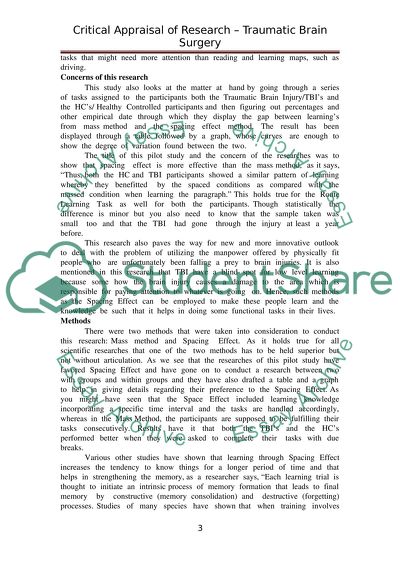Cite this document
(“Critical appraisal of research - traumatic brain injury Essay”, n.d.)
Critical appraisal of research - traumatic brain injury Essay. Retrieved from https://studentshare.org/health-sciences-medicine/1490931-critical-appraisal-of-research-traumatic-brain
Critical appraisal of research - traumatic brain injury Essay. Retrieved from https://studentshare.org/health-sciences-medicine/1490931-critical-appraisal-of-research-traumatic-brain
(Critical Appraisal of Research - Traumatic Brain Injury Essay)
Critical Appraisal of Research - Traumatic Brain Injury Essay. https://studentshare.org/health-sciences-medicine/1490931-critical-appraisal-of-research-traumatic-brain.
Critical Appraisal of Research - Traumatic Brain Injury Essay. https://studentshare.org/health-sciences-medicine/1490931-critical-appraisal-of-research-traumatic-brain.
“Critical Appraisal of Research - Traumatic Brain Injury Essay”, n.d. https://studentshare.org/health-sciences-medicine/1490931-critical-appraisal-of-research-traumatic-brain.


